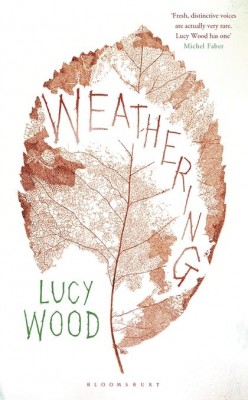
Following the death of Pearl, her daughter, Ada, and granddaughter, Pepper, move back into her dilapidated house by a river somewhere in rural England (Devon, according to interviews with the author, but I’m pretty sure that’s not mentioned in the book). Ada’s intention is to fix the place up to sell and leave again as quickly as possible, but she is gradually drawn back in to the community she fled, and is forced to confront the ghosts of her past.
This is a gentle, undemonstrative novel that manages to pack an emotional wallop while avoiding anything as showy as a dramatic revelation of childhood trauma or emotional abuse. It is, essentially, a story about decent people who aren’t good at interacting with each other, learning, in some cases too late, how strong the ties that bind them are.
The book is divided into fairly short chapters that switch between the points of view of Pearl, Ada, and six-year-old Pepper. I wasn’t sure, at first, about the author’s decision to include Pepper’s narrative (albeit third-person), but it ended up being essential for understanding the relationship between Ada and Pearl, in part because Pepper was young enough to retain the unselfconsciousness and curiosity that her mother had stifled in herself. It was a smart choice, smarter than me, and I was grateful for it.
I’m ordinarily a fan of plot, the more detailed the better (which is why I love Dickens), which this novel has very little of; there’s not even really a denouement to speak of. (Well, from a technical perspective, there is, but you’d only notice if you were paying attention.) The best way I can describe the structure of the novel is using a physics metaphor: long wavelength, low amplitude. It would, however, be a mistake to conflate lack of plot with lack of structure. I am utterly lost in admiration of the subtle but undeniably meticulous layering of details that build up like waves to create a portrait of this family. Overall, a beautiful, fragile, powerful debut novel.